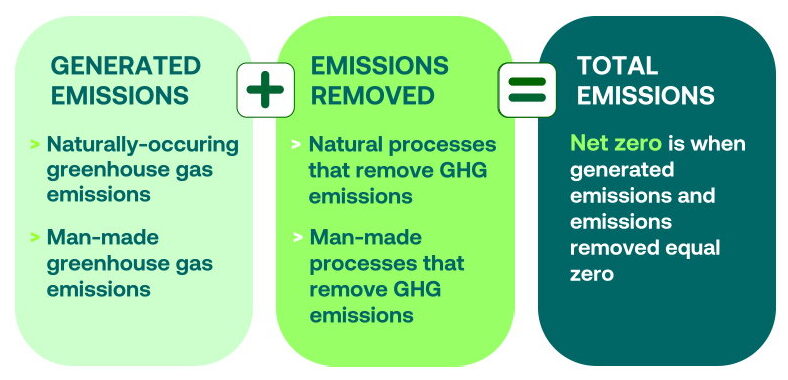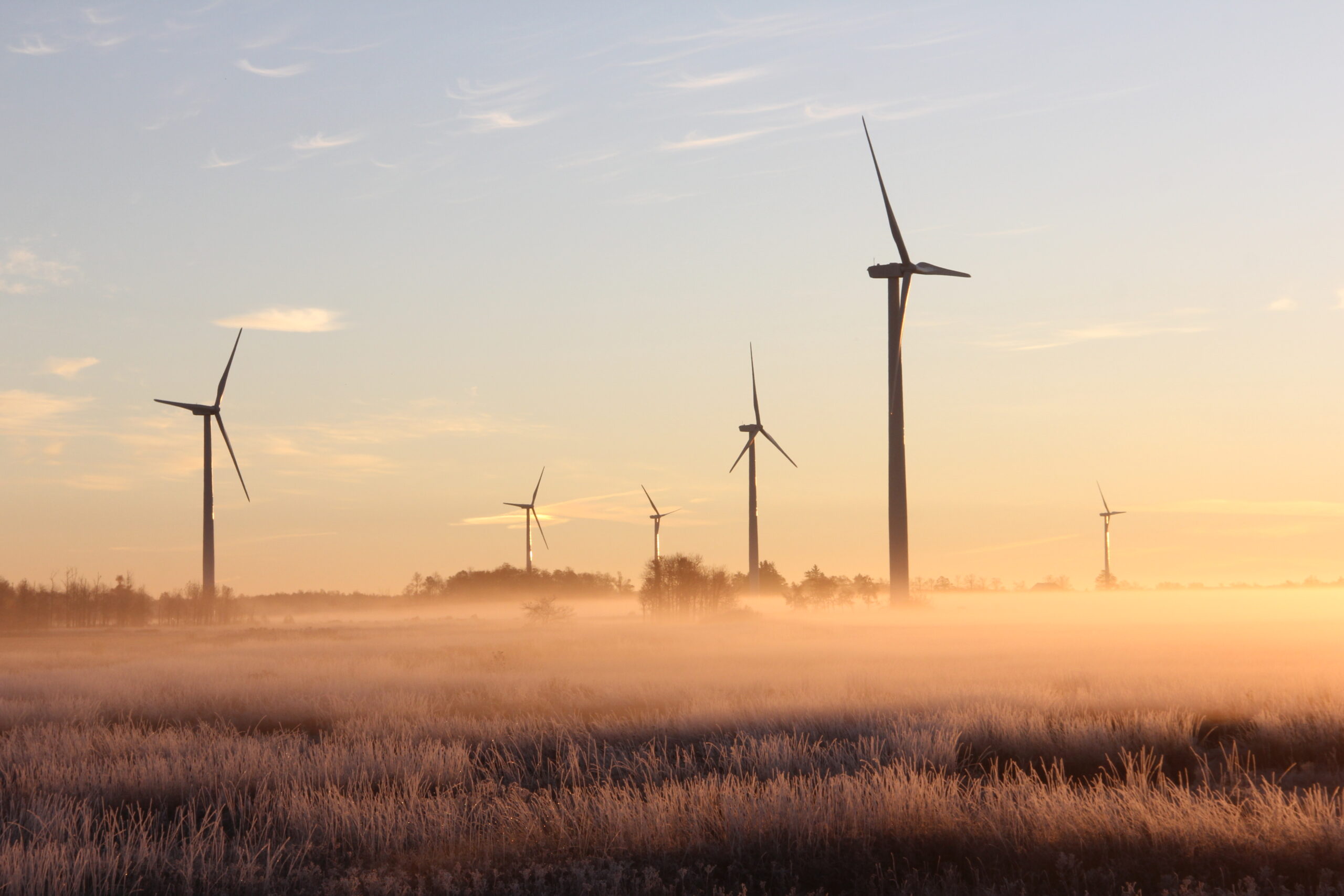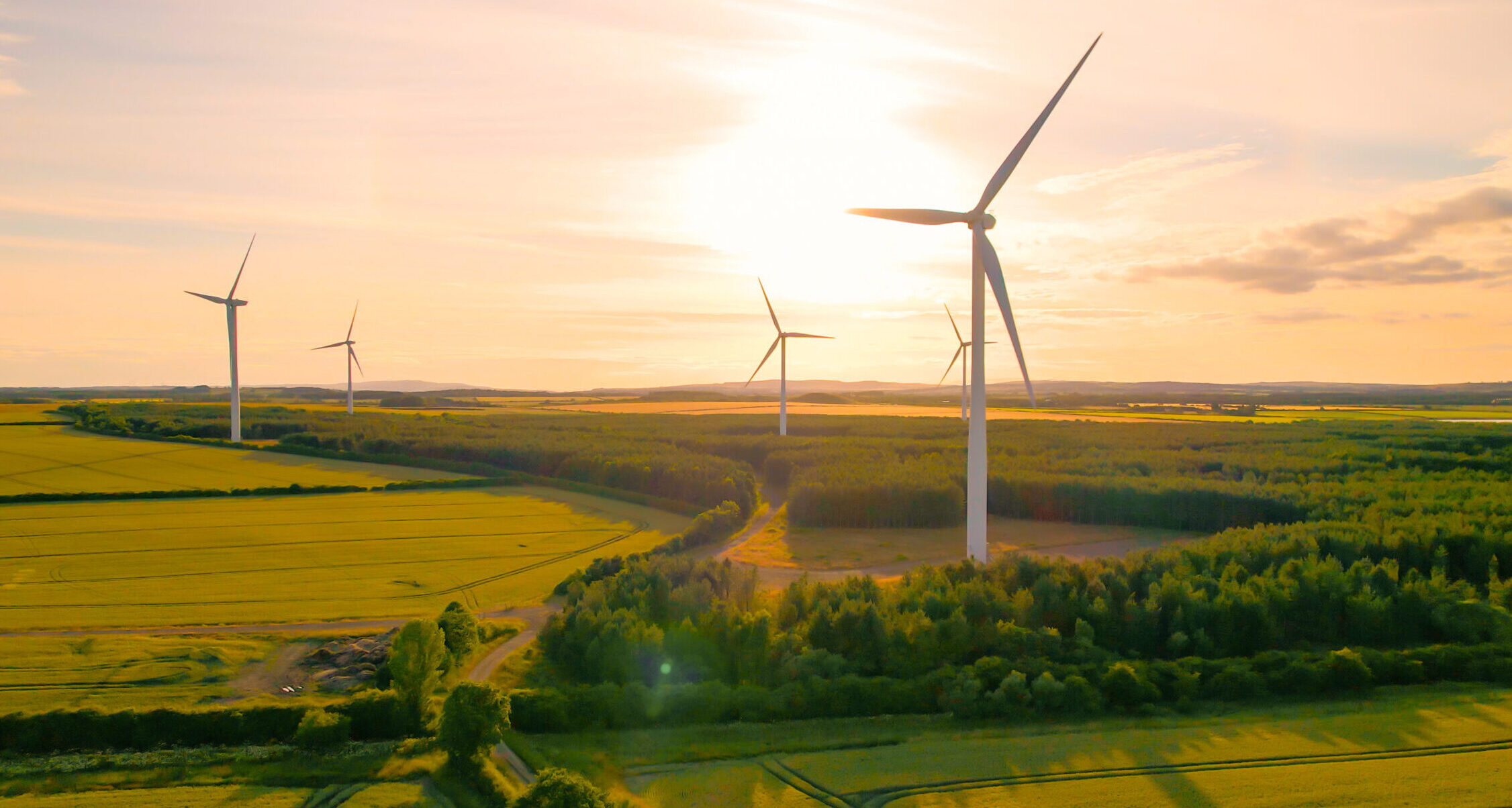Net Zero: Balancing the Scales
The term ‘net zero’ refers to achieving a balance between the amount of greenhouse gases emitted into the atmosphere and the amount removed. It’s like tipping the scales so that any emissions put into the atmosphere by your business are counteracted by measures to absorb or reduce those emissions.
The government is urging small businesses to take their first steps on the journey to net zero, by making the SME Climate Commitment – to halve their greenhouse gas emissions before 2030, and achieve net zero emissions before 2050.

Greenhouse Gases: The Culprits of Climate Change
Greenhouse gases create a blanket around the Earth, trapping in the heat and causing global warming. Common greenhouse gases include carbon dioxide (CO2), methane (CH4), and nitrous oxide (N2O). The goal of net zero is to reduce the emission of these gases by offsetting methods such as reforestation, carbon capture, and sustainable practices. One of the ways that we are helping to do this is our Tree Planting initiative. To follow our progress, check out our Ecologi dashboard here.
Emissions: Scope Their Meaning
There are 3 scopes to categorise the different types of greenhouse gas emissions. Scope 1 are direct emissions that are owned or controlled by your business. For example, burning fuel in a fleet of company vehicles (if not electric vehicles). Scope 2 are indirect emissions that are a consequence of the business activities, but occur from sources not owned or controlled by it. For example, the emissions caused by the generation of electricity that’s used in at the business premises. Scope 3 is again indirect emissions but all those created by the business value chain. For example, the emissions created by products or services used by external partners or suppliers, which are therefore harder to control.

Carbon Neutrality: One Step Closer
Carbon neutrality is like the halfway point to net zero. It means that the amount of carbon emissions released is equal to the amount removed from the atmosphere. While it’s a significant achievement, true net zero takes it a step further by aiming for a balance across all greenhouse gases. Carbon neutrality is a great place to start when introducing sustainable goals into your business plan.
Carbon Offsetting: Balancing the Equation
When you engage in activities that reduce emissions or remove carbon from the atmosphere, like planting trees or investing in renewable energy projects, you’re helping to offset carbon which can be used to counteract emissions elsewhere.

Carbon Footprint: Your Environmental Shadow
Your carbon footprint is like your environmental shadow—it represents the sum of all your carbon emissions. Achieving net zero often involves measuring, reducing, and offsetting your business’ footprint. To start measuring your footprint we’d recommend using a tool like the one developed by the Carbon Trust, specifically built for small businesses here.
With a better grasp on these terms surrounding the net zero conversation, you can better navigate your business’ journey to reduced carbon emissions, creating a more sustainable future for our planet. To help you get started with your journey, we’ve compiled a net zero guide that outlines some practical next steps. A copy of this can be downloaded below.



